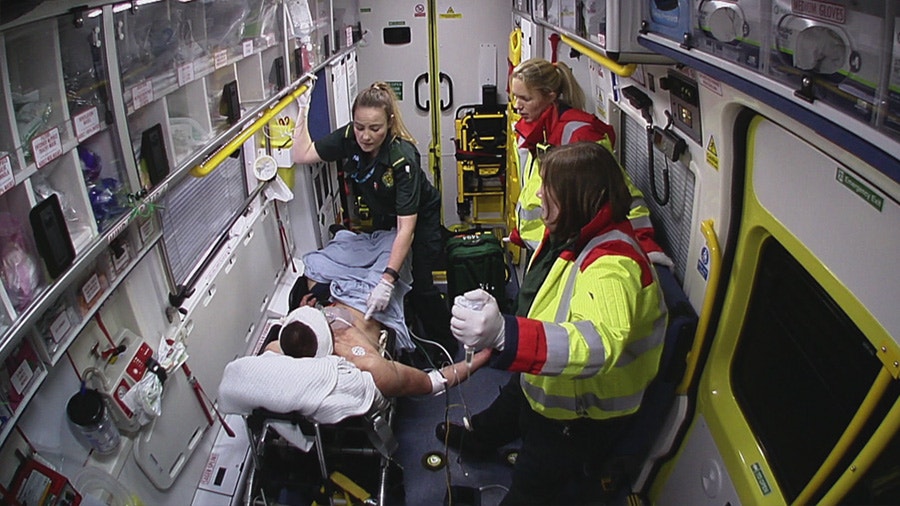Industrial deafness, also known as occupational hearing loss, is a common workplace injury that affects millions of workers worldwide. Exposure to loud noise in the workplace can lead to permanent damage to the ears, causing hearing loss and other related issues. If you believe you have suffered from industrial deafness due to your work environment, it is important to understand your rights and how to make a claim for compensation. If you want to know more about claim industrial deafness, you can check this out.
Understanding Industrial Deafness
Causes of Industrial Deafness
- Exposure to loud noise in the workplace over an extended period of time
- Working in environments with machinery, power tools, or equipment that produce high levels of noise
- Failure to provide adequate hearing protection for employees
Symptoms of Industrial Deafness
- Difficulty hearing conversations, especially in noisy environments
- Ringing or buzzing in the ears (tinnitus)
- Feeling like people are mumbling or speaking unclearly
- Needing to turn up the volume on the TV or radio
Filing an Industrial Deafness Claim
Seek Medical Attention
If you suspect that you are suffering from industrial deafness, it is crucial to seek medical attention from a qualified healthcare professional. They can assess your hearing loss and provide documentation that will be essential for your claim.
Inform Your Employer
Notify your employer about your industrial deafness and the symptoms you are experiencing. Keep a record of your communication with your employer regarding your condition.
Consult with a Personal Injury Lawyer
It is highly recommended to consult with a personal injury lawyer who specializes in industrial deafness claims. They can provide you with expert legal advice and support throughout the claims process, ensuring that you receive the compensation you deserve.
Your Rights as an Employee
Work Health and Safety Regulations
- Employers are required to provide a safe work environment and protect their employees from hazards, including exposure to loud noise.
- Employers must conduct regular noise assessments in the workplace and implement measures to control noise levels.
Workers' Compensation
- If you have suffered from industrial deafness due to your work environment, you may be entitled to workers' compensation benefits.
- Workers' compensation can cover medical expenses, lost wages, rehabilitation costs, and other related expenses.
Proving Your Industrial Deafness Claim
Medical Evidence
- Medical records documenting your hearing loss and related symptoms
- Expert medical opinion establishing a causal link between your industrial deafness and your work environment
Eyewitness Testimonies
Witness statements from colleagues who can attest to the loud noise levels in the workplace and your exposure to such conditions.
Employer's Records
Workplace records, including noise assessments, safety reports, and records of any safety equipment provided to employees.
Conclusion
Industrial deafness is a serious workplace injury that can have long-lasting effects on your quality of life. If you believe you have suffered from industrial deafness due to your work environment, it is essential to understand your rights and how to make a claim for compensation. By following the steps outlined in this guide and seeking legal advice from a personal injury lawyer, you can ensure that your rights are protected and that you receive the compensation you deserve.










